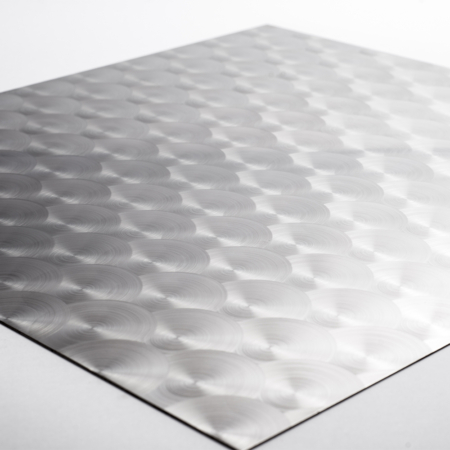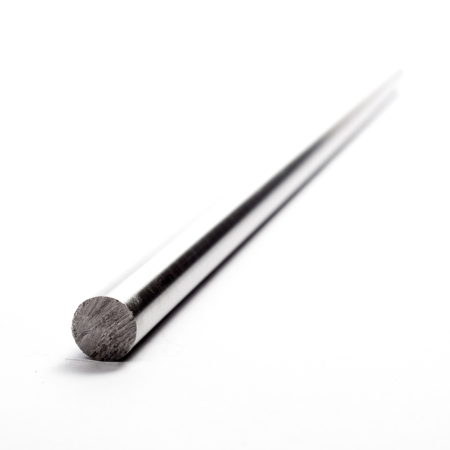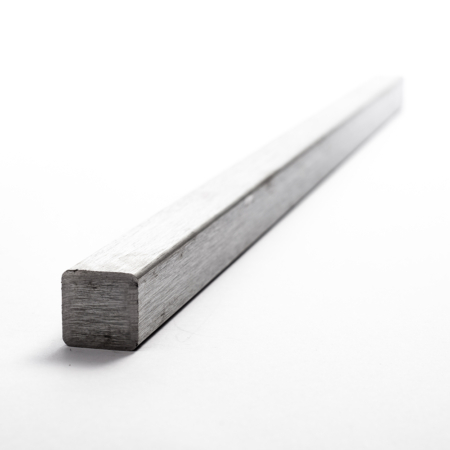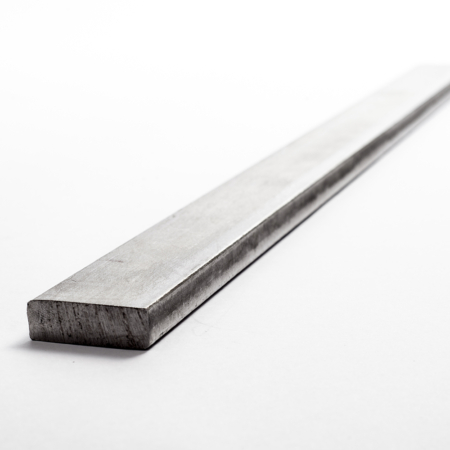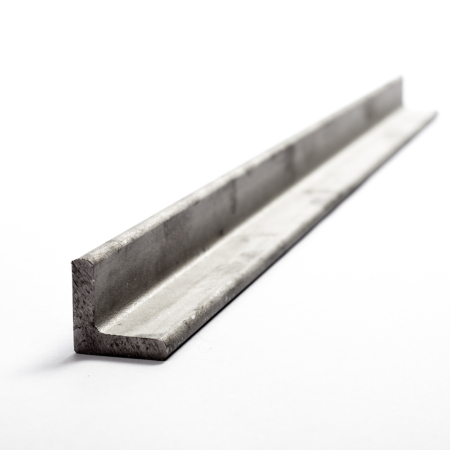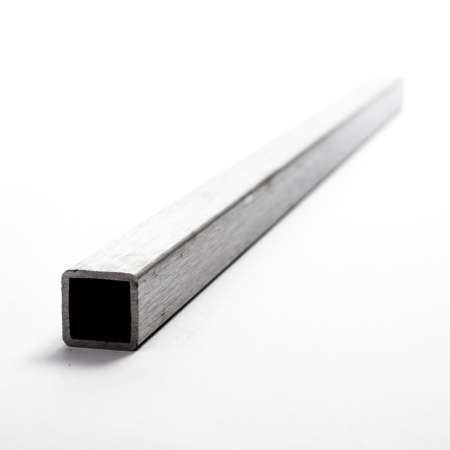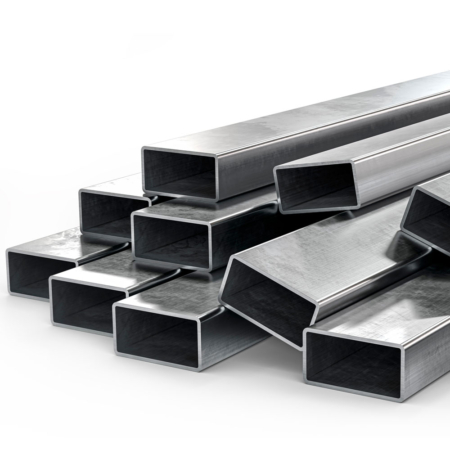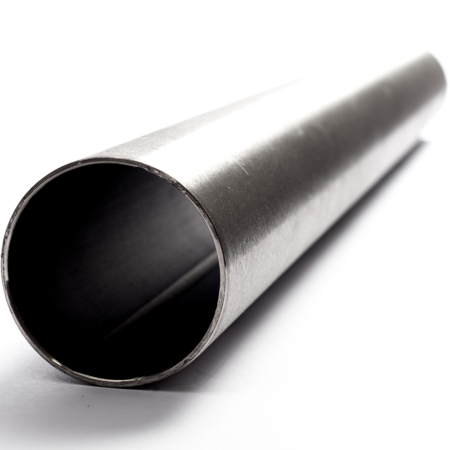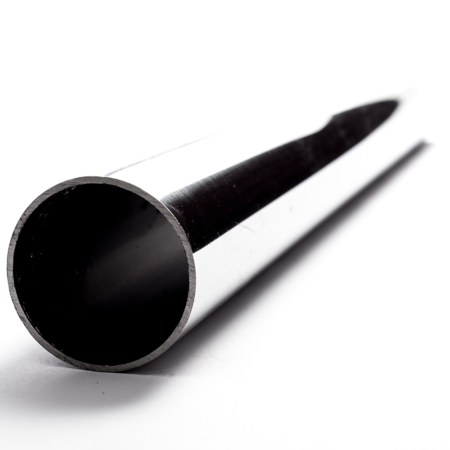Stainless Steel Finishes
Please refer to the following table for stainless steel finishes details of their properties and characteristics.
Mill Finishes
Mechanically Polished Surfaces
Stainless Steel Grades
Please refer to the table below for details of the properties, features and application of various Austenitic and Ferritic grades of steel available.
Austenitic Steel Grades
| Grade | Cold Forming | Welding | Corrosion Resistance | Max Service Temp. (oC) | Special Features | Typical Applications |
|---|---|---|---|---|---|---|
| 304 S11 (1.4307) | V | E | V | 400 | Low carbon for improved welding | Boilermaking, nuclear & heat exchanges |
| 304 S15 (1.4301) | V | V | G | 400 | Standard sheet metalworking grade similar to 304 S31 | Catering, food, brewery, dairy & ducting industries |
| 304 S16 (1.4306) | E | V | G | 400 | Deep drawing quality | Sinks, holloware trade |
| 304 S31 (1.4301) | G | V | G | 400 | Standard sheet metalworking grade similar to 304 S15 | Catering, food, brewery, dairy & ducting industries |
| 321 S31 (1.4541) | G | E | V | 800 | T.I. stabilised for reduced weld decay at high tempreatures | Boilermaking, heat resistors, aeronautics & pipes |
| 316 S11 (1.4404) | V | E | E | 400 | Low carbon for improved welding and corrosion resistance | chemical works, marine, brewery & food industries, road tankers |
| 316 S31 (1.4401) | G | V | E | 400 | Corrosion resistance | chemical works, marine, brewery & food industries, road tankers |
| 310 S24 (1.4845) | F | V | V | 1100 | High service temperature resistance | Furnace work |
Ferritic Steel Grades
| Grade | Cold Forming | Welding | Corrosion Resistance | Max Service Temp. (oC) | Special Features | Typical Applications |
|---|---|---|---|---|---|---|
|
430 S17 (1.4016) |
G | G | F | 800 | Standard sheet metalworking grade for low quality applications | Decorative household items & ducting |
E=Excellent; V=Very Good; G=Good; F=Fair; P=Poor; N=Not Recommended
